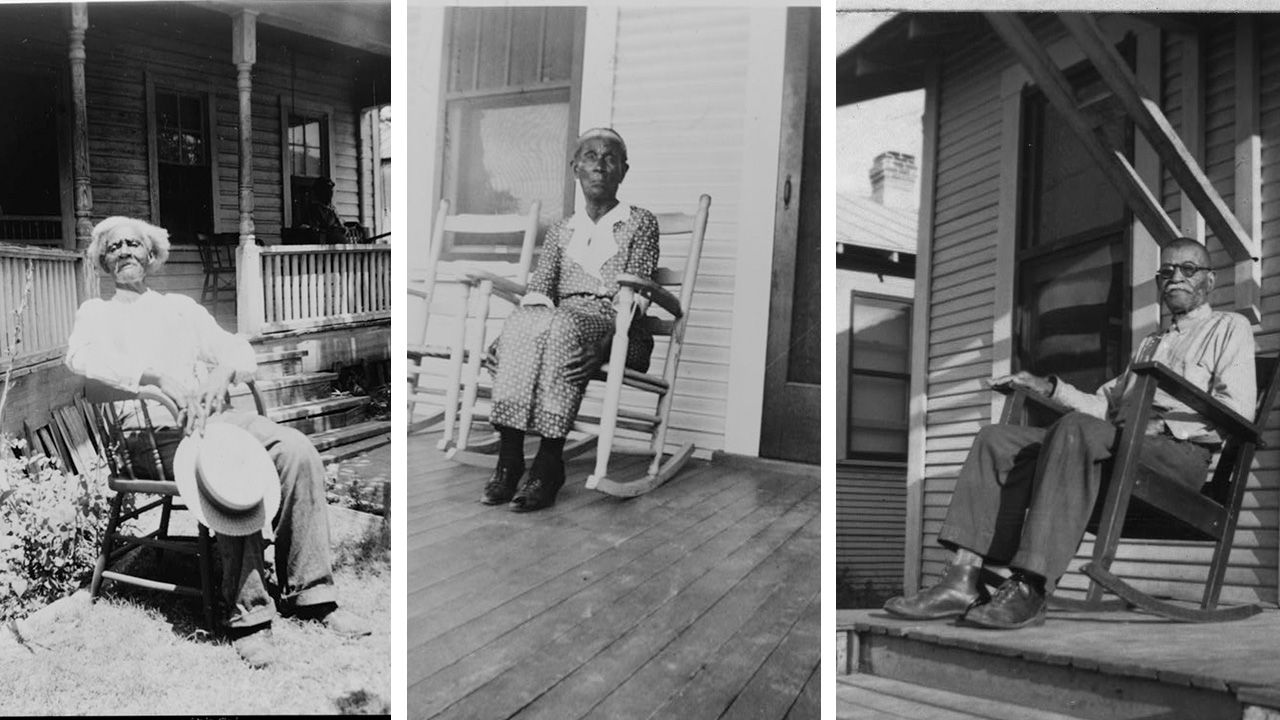William Branch was 11 when Union soldiers arrived to the Virginia plantation he was living in to tell him he was now free. James Green, who was kidnapped and sold back into slavery after he was emancipated, only learned his age when he was freed again at age 25. Martin Jackson was fighting the Union with his master when he realized the South would soon surrender.
The histories of these former San Antonio residents were among the thousands that were captured by the federal government in a collection of former slave narratives in the 1930s. The collection sheds light on a generation of Black Americans that are heavily overlooked in American history. Though some aspects of the narratives are problematic — almost every recorder was a white man, for example — the vast information still holds historical significance for the perspectives it chronicled.
In 1935, President Franklin Delano Roosevelt established the Federal Writers’ Project, a government-funded program that hired unemployed writers during the Great Depression. A year later, writers in Southern states began interviewing Black Americans who were born into servitude about slavery, which was ostensibly dismantled by 1865.
“(The narrative project began) roughly 70 years after the end of slavery, so I think people recognized that many of the former slaves are dying or dead so we should collect these things and learn more about them,” said Dr. Carey Latimore, an associate professor of history at Trinity University.
In two years, the writers amassed more than 2,000 interviews spanning 17 states, taking photographs and a few audio-recorded interviews along the way.
Previous slave narratives typically focused on those who made history, like Frederick Douglass and Henry Box Brown. But this collection was more unique, focusing on people who lived more average lives, covering Black history that might otherwise have been obscured.
“It’s valuable because these are people that would never have been interviewed for anything before,” Latimore said.
The inclusion of those voices was rare in its time, but historians agree the collection had built-in biases, as the interviews were primarily conducted by white men.
At the time, slavery was perceived in a gentler light, Latimore said, like an institution in which slaves and masters “had responsibilities to the other side.” Some of these writers descended from slave masters and Black people may have feared being honest to them.
“You can kind of get African-Americans struggling with that relationship throughout the interview and you can kind of feel how scared they may have been,” Latimore said.
As writers possessed varying amounts of talents, so did the narratives they produced. Some included more vivid details, while others were short and jumped from topic to topic.
Though writers were given a questionnaire to follow, the questionnaires were often ignored by the interviewers, according to the Library of Congress.
The majority of former slaves interviewed were also children when they were freed, which made their experience different and often less severe than adults who lived through it.
Despite those issues, “you have to recognize that this (collection) is so invaluable,” Latimore said.
“There’s no other opportunity to really glean that life and experience for average African-Americans,” he said. “And so even if it has issues, even if people are thinking about memories 70 years ago, you have to pay attention, you have to listen.”
The collection has been archived in the Library of Congress.
Read more on our Black history page:
KSAT Explains: San Antonio’s hidden Black history16 books about Black history you can read for free from the San Antonio Public LibraryWhat is Confederate Heroes Day and why do Texans still celebrate it today?Black History in San Antonio: the man behind the city’s MLK marchKSAT Q&A: History of Juneteenth in the U.S.

